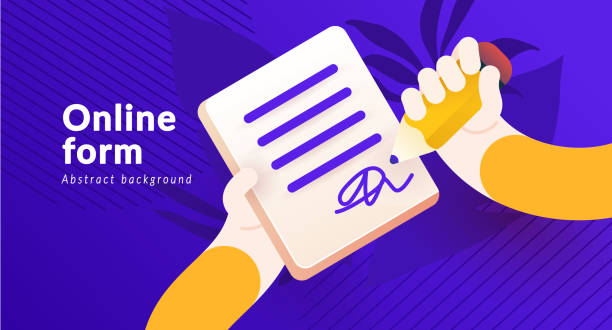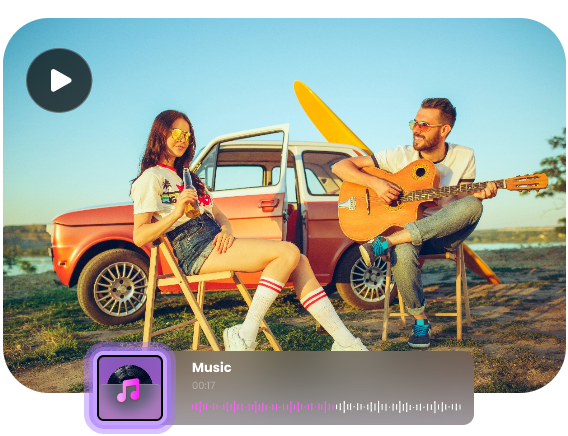You wake up, reach for your phone, and tap your usual apps. Nothing loads. Error messages flash across your screen. Your heart starts racing, and a familiar panic sets in: you've lost access to your social media accounts. Whether it's a forgotten password, a suspended account, or a technical glitch, that sinking feeling is completely normal. Our brains have been wired to see these platforms as essential lifelines to our social world, our news, our entertainment, and sometimes even our livelihood. Take a deep breath. This moment, as overwhelming as it feels, might actually be the beginning of something better than you imagined. This guide will walk you through both the practical steps to regain access and the unexpected opportunities that come with digital disconnection. A Social media recovery service often begins with calm evaluation rather than rushed actions. Your first instinct might be to frantically create new accounts or try dozens of password combinations. Stop. Resist this urge for at least the first hour. Panic-driven decisions often make the situation worse and can even trigger additional security restrictions on your accounts. Start by determining whether you're dealing with a temporary outage or permanent account loss. Check official status pages for the platforms you can't access. Sites like DownDetector can show you if others are experiencing similar issues. If it's a widespread outage, you simply need to wait it out. If the problem seems specific to your accounts, document everything. Take screenshots of error messages, note the exact time when access was lost, and write down any suspicious activity you might have noticed recently. This information becomes crucial if you need to contact customer support. Each platform has its own recovery procedures, and understanding them can save you hours of frustration. For Facebook and Instagram, start with the official "Hacked Accounts" or "Account Recovery" pages. You'll typically need access to the email or phone number associated with your account, along with identification that matches your profile name. Twitter (now X) recovery involves their appeals process if your account was suspended, or standard password reset procedures if you're simply locked out. TikTok, LinkedIn, and YouTube each have similar but distinct processes. The key is following their official channels rather than trying workarounds that might flag your account as suspicious. Be prepared to wait. Recovery can take anywhere from a few hours to several weeks, depending on the complexity of your situation and the platform's current backlog. Many people give up during this waiting period, but patience often pays off. While working on recovery, immediately secure your remaining active accounts. Change passwords on any social media platforms you can still access, and review all connected services. Many of us link our social accounts to dozens of other apps and websites, creating potential security vulnerabilities. Go through your email and revoke permissions for third-party applications you no longer use. Back up content from platforms you can still access—photos, videos, important messages, or business contacts. This crisis is a reminder of how much we store on platforms we don't actually control. Here's what nobody tells you about losing social media access: it might be the best thing that happens to you this year. Forced disconnection often reveals just how much mental bandwidth these platforms were consuming. Without the constant pull of notifications, likes, and endless feeds, your mind suddenly has space to breathe. People who've experienced temporary or permanent loss of social media access consistently report similar discoveries. They sleep better without late-night scrolling. They become more present in conversations without the urge to document everything. They rediscover the simple pleasure of boredom, which often leads to creativity and self-reflection. Consider this an unplanned digital detox. Pay attention to how you feel after the initial panic subsides. Notice what you do with the extra time. Many people are surprised to realize they have several additional hours in their day when they're not mindlessly scrolling. This forced break is an opportunity to reconnect with activities and people that don't require a screen. Call friends instead of messaging them. Write in a journal instead of posting updates. Go for walks without photographing them. Read books, learn skills, or pursue hobbies that fell by the wayside when social media became your primary source of entertainment. The goal isn't to become a digital hermit, but to remember that fulfilling experiences don't require documentation or validation from strangers online. Some of your most meaningful moments might happen during this disconnected period, precisely because you're fully present for them. Create new routines that don't revolve around checking apps. Morning coffee without scrolling through feeds. Evening walks instead of TikTok sessions. Weekend activities that get you out of the house and away from screens. Sometimes, during this forced break, people realize they don't actually want their accounts back. If you reach this conclusion, you can make the transition smoother by informing important contacts through other means—text messages, emails, or phone calls. Consider this carefully, though. There's a difference between choosing to leave social media and being forced out by circumstances beyond your control. Make sure your decision comes from a place of empowerment rather than resignation. For many people, losing access becomes the push they needed to choose freedom from platforms that were consuming too much time and mental energy. They discover that life continues, relationships deepen, and productivity increases without the constant digital noise. Whether you recover your accounts with the help of a Social media recovery service or decide to start fresh, it’s essential to implement better security practices. Use unique, strong passwords and enable two-factor authentication on all accounts. Regularly back up important content and maintain lists of important contacts outside of social media platforms. Consider diversifying how you connect with people. Collect phone numbers and email addresses. Join local groups or clubs that meet in person. Build relationships that don't depend on any single platform or technology. Most importantly, create less dependency on social media for your daily happiness, news consumption, and social connection. These platforms can be tools in your life, but they don't have to be the foundation of your social existence. Losing access to social media feels catastrophic in the moment, but it often becomes a turning point toward a more intentional relationship with technology. Whether you get your accounts back through expert recovery or not, you'll emerge from this experience with a clearer understanding of what truly matters in your digital life.
The Initial Shock
Immediate Steps to Take
Account Recovery Process
Protecting What's Left
The Hidden Opportunity
Building a Life Beyond the Platforms
If You Decide Not to Recover Your Accounts
Prevention for the Future




Want to add a comment?